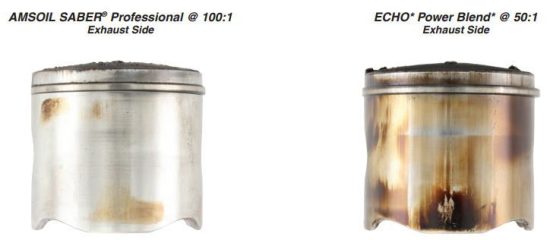Why are There Different Two-Stroke Oil Mix Ratios for Chainsaw Oil John Baker|Jun 20, 2017 8:36 AM Swamp mix. That’s what you call a concoction of two-stroke oil and gas that’s been slopped together with no measuring tools and no regard for engine protection. Your chainsaw or string trimmer could be running on a 50:1 […]
You are browsing archives for
Tag: oil
What Causes Engine Oil Oxidation?
The Dynamics of Engine Oil Oxidation John Baker | Aug 7, 2024 10:59 AM You guessed it, the key ingredient to engine oxidation is oxygen. Oxygen comprises about 20 percent of our atmosphere. It’s the third most common element in the universe. Without it we’d all be doomed. And yet too much of it can […]
Why do European Cars Require Special Oil...
Why do European Cars Require Special Oil? Ronald J Howell III |Jul 10, 2022 3:10 PM For all the grin-inducing benefits of owning a European car – finely tuned performance, sophisticated styling, prestige – they can be a pain. According to this list, four of the top five most expensive vehicles to maintain hail from across […]
Is an Engine Flush Good or Bad?
Should you be concerned using Engine Flush? John Baker|Nov 26, 2018 11:00 AM To flush or not to flush. (One of our best sellers here in Sioux Falls) It’s a question whose answer is obvious in the bathroom, but vigorously debated in the garage. Let’s get right to the point. Is an engine flush good or […]


